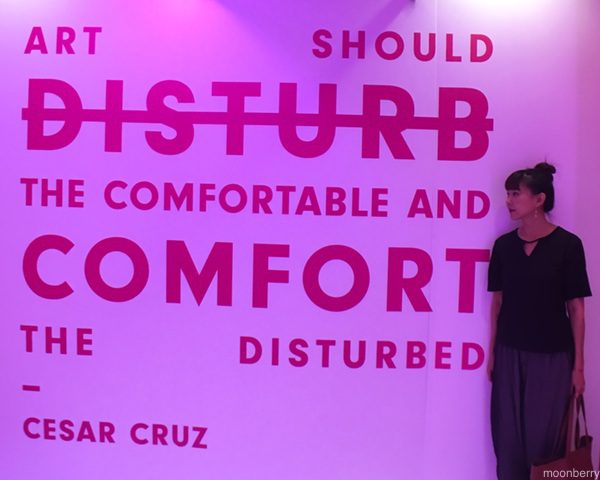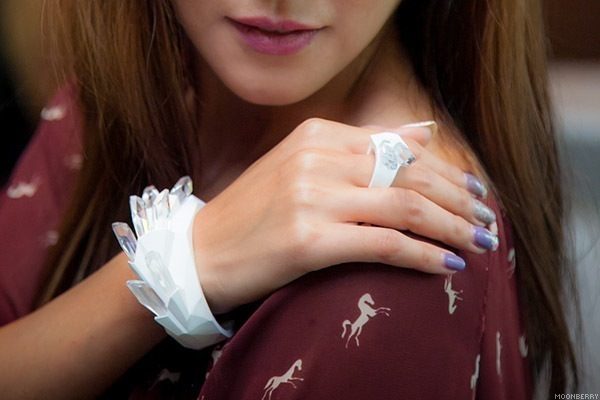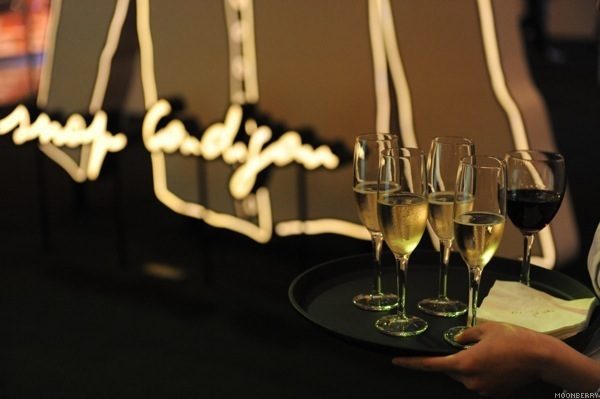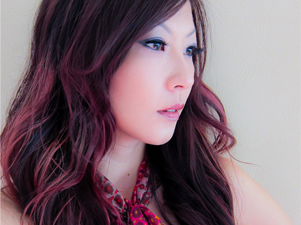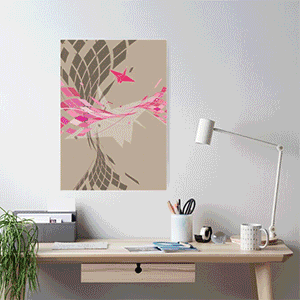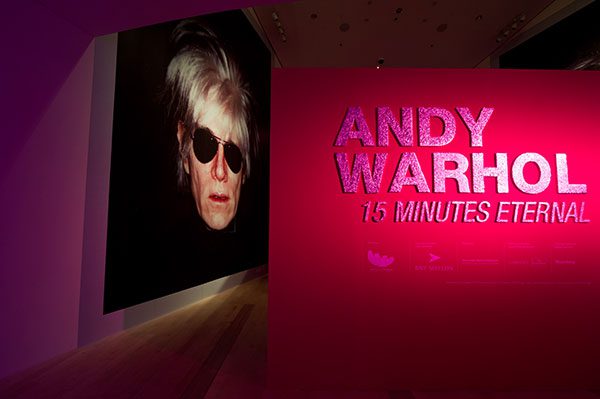
Andy Warhol was one of the most important artists of Pop Art, which became extremely popular in the second half of the twentieth century. Though he is best remembered for his paintings of Campbell’s soup cans, he also created hundreds of other works including commercial advertisements and films. Titled after a quote from the popular artist himself, “In the future, everybody will be world- famous for fifteen minutes”, Andy Warhol: 15 Minutes Eternal is an art exhibition that features over 260 paintings, drawings, sculptures, film, and video of the legendary artist’s works, marking the first time such an extensive collection is exhibited in Singapore. The exhibition at ArtScience Museum at Marina Bay Sands is also be accompanied by a wide range of associated documents, interactive timelines, photographs, and archival material.
Andrew Warhola (6 August 1928 – 22 February 1987), better known as Andy Warhol, was an American painter, printmaker, and filmmaker. He was a leading figure in the visual art movement known as Pop Art and was renowned for using mass production of popular culture such as advertising, comic books, and brand products, as the basis of his art. Pop Art was a new style of art that began in England in the mid-1950s and consisted of realistic renditions of popular, everyday items.
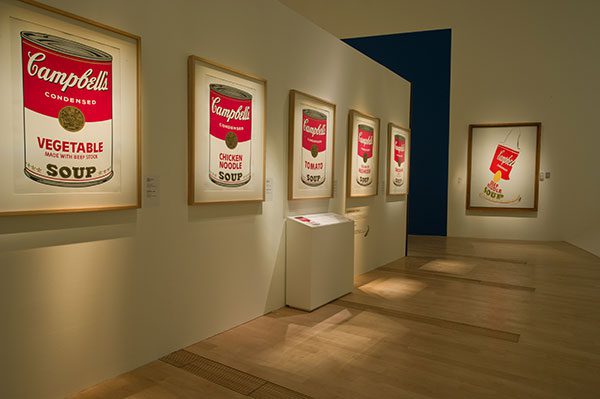
Warhol first exhibited his series of Campbell’s soup can paintings in 1962, with the bottom of each painting resting on a shelf like a can would in a supermarket. There are 32 paintings in the series, the number of varieties of soup sold at the time by Campbell’s.
His other masterpieces including Jackie (1964), Marilyn Monroe (1967), Silver Liz (1963), Time Capsule 51 (1970’s), The Last Supper (1986), and numerous iconic Self-Portraits are featured in the Andy Warhol: 15 Minutes Eternal art show. Needless to say, Campbell’s Soup (1961) is also exhibited in this show. I attended the show last month and got to see these pieces up close and personal. One may think that many of these pieces are so simple and easy to reproduce. But what I am most impressed with is the silk-screening technique that Andy Warhol first discovered in 1962. He immediately began making paintings of celebrities, most notably a large collection of paintings of Marilyn Monroe. Warhol would use this style for the rest of his life.
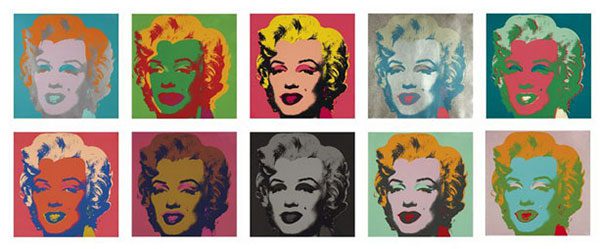
“In August 1962 I started doing silkscreens. I wanted something stronger that gave more of an assembly line effect. With silkscreening you pick a photograph, blow it up, transfer it in glue onto silk, and then roll ink across it so the ink goes through the silk but not through the glue. That way you get the same image, slightly different each time. It was all so simple quick and chancy. I was thrilled with it. When Marilyn Monroe happened to die that month, I got the idea to make screens of her beautiful face the first Marilyns.”
Using photo-stencils in screen-printing, Warhol used photographic images for his screenprints. The screen was prepared using a photographic process, and then different color inks were printed using a rubber squeegee to press the paint onto the painting through the screen. What I find interesting is that even though it is the same image, the different color combinations applied made each print exude a different feel and express a different mood. At the Andy Warhol: 15 Minutes Eternal show, visitors can get to try this silk-screening technique hands-on. Something which I, sadly, missed because of scheduling. :(
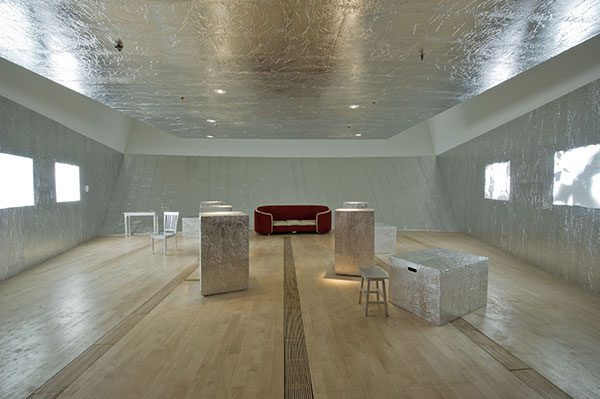
Andy Warhol created that concept that everyone would be famous for 15 minutes. In the 60s and throughout the 70s the famous pop artist surrounded himself with socialites, actress, and artists of all types and created art in a place he called The Factory. At the Andy Warhol: 15 Minutes Eternal art show, one of the highlights for me is the room that has been recreated as The Factory.
The Factory was Andy Warhol’s original New York City studio from 1962 to 1968, although his later studios were known as The Factory as well. The Factory was located on the fifth floor at 231 East 47th Street, in Midtown Manhattan. The rent was “only about one hundred dollars a year”. The building no longer exists. The Factory was the hip hangout for artsy types, amphetamine users and the Warhol superstars. It was famed for its groundbreaking parties. In the studio, Warhol’s workers would make silkscreens and lithographs.
Covered with tin foil and silver paint, Warhol would often bring in silver balloons to drift around the ceiling. The silver represented the decadence of the scene, as well as the proto-glam of the early sixties. Silver, fractured mirrors, and tin foil were the basic decorating materials loved by the early amphetamine users of the sixties. By combining the industrial structure of the unfurnished studio with the glitter of silver and what it represented, Warhol was commenting on American values, as he did so often in his art. The years spent at the Factory were known as the Silver Era, not solely because of the design, but because of the decadent and carefree lifestyle full of money, parties, drugs and fame. While this was well before grunge times, the energy of the creative spirit can be seen to have an amazing impacts on genres to come.
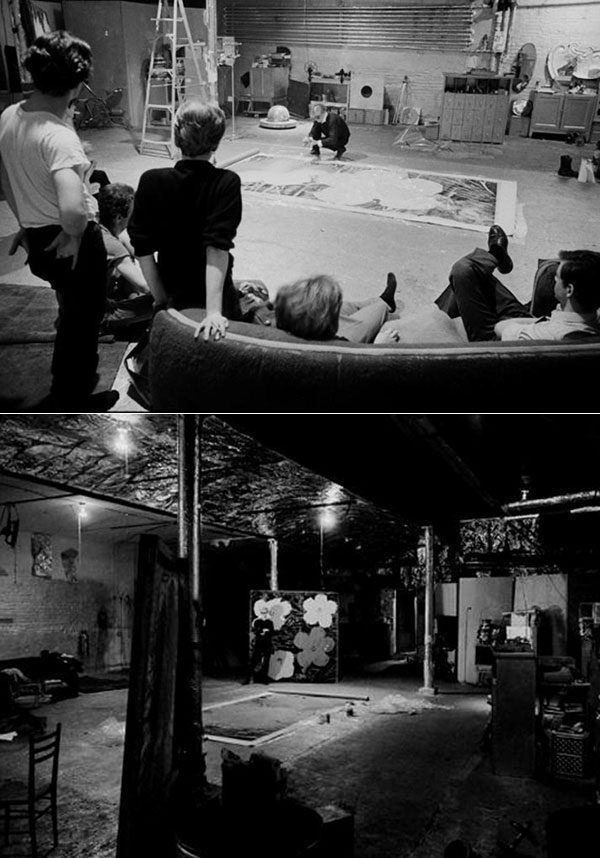
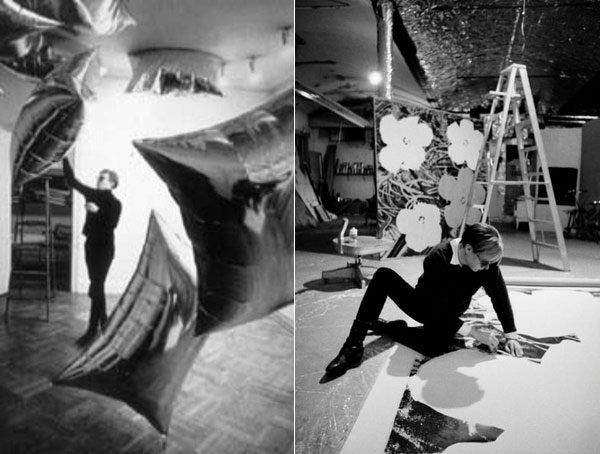
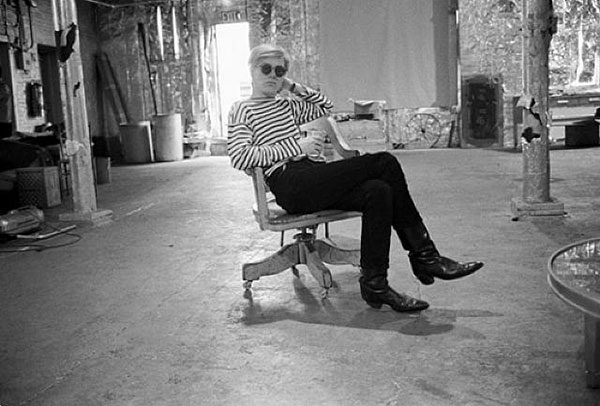
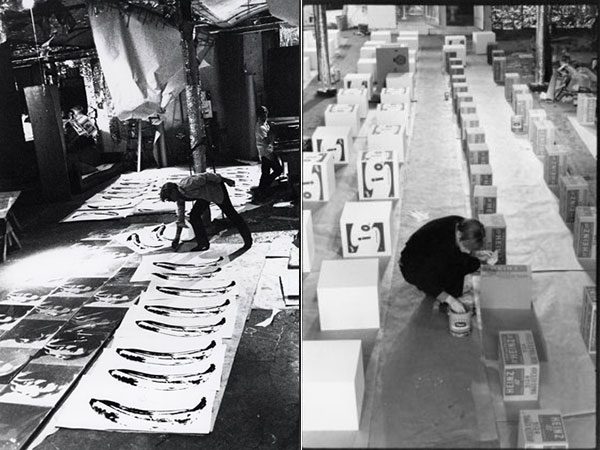
I absolutely love how the loft space is used as a artistic playground, for people to freely hang out and produce something creative together. Isn’t it every artist’s dream to live and work in one big spacious loft, hold parties for friends and create art at the same time? (Or maybe that’s just my dream.) For a closer look at what took place in The Factory, I urge you to watch the movie “Factory Girl” starring Sienna Miller as Andy Warhol’s muse Edie Sedgwick.
You can see Andy Warhol working in The Factory, producing the art works below.
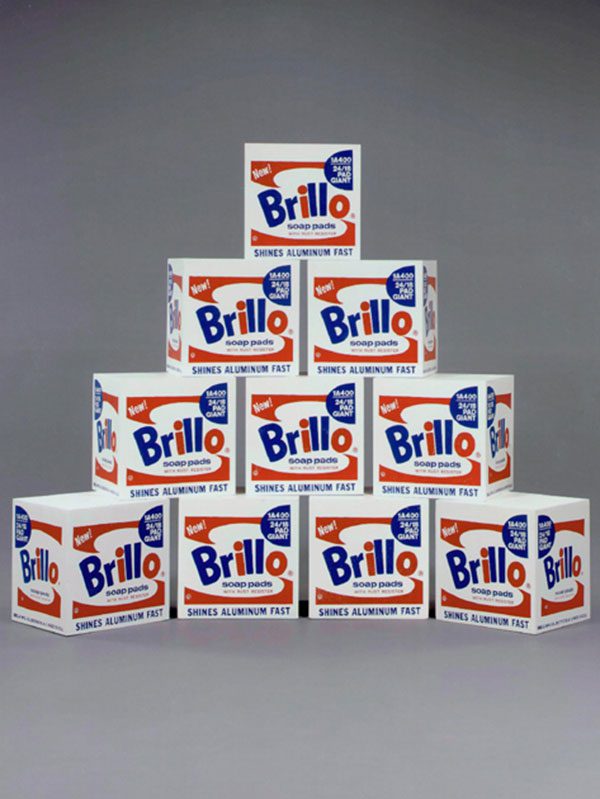
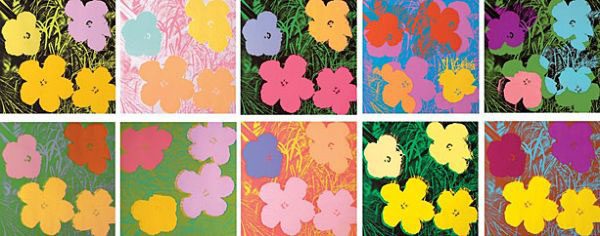
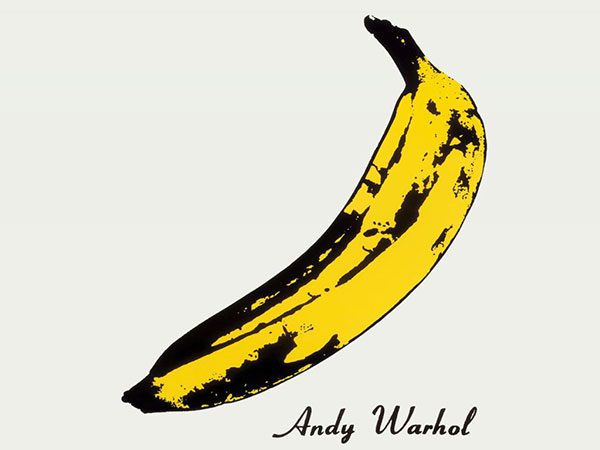
I left the show with a new appreciation towards this artist. Art can come in many forms. Andy Warhol showed the world how various mediums and technology can transform everyday items into Pop Art icons. He had an amazing ability to simplify art and make it accessible to the mass public. Get to know the multiple facets of Andy Warhol’s talents at the Andy Warhol: 15 Minutes Eternal show. Visitors to the exhibition will journey through four different stages of Andy Warhol’s life, starting from his early artistic years in the 1940’s to his final works in the 1980’s. The exhibition will present an extensive range of important artworks from the various phases of his artistic career. Tickets can be purchased on the ArtScience Museum website and all Marina Bay Sands box offices.

